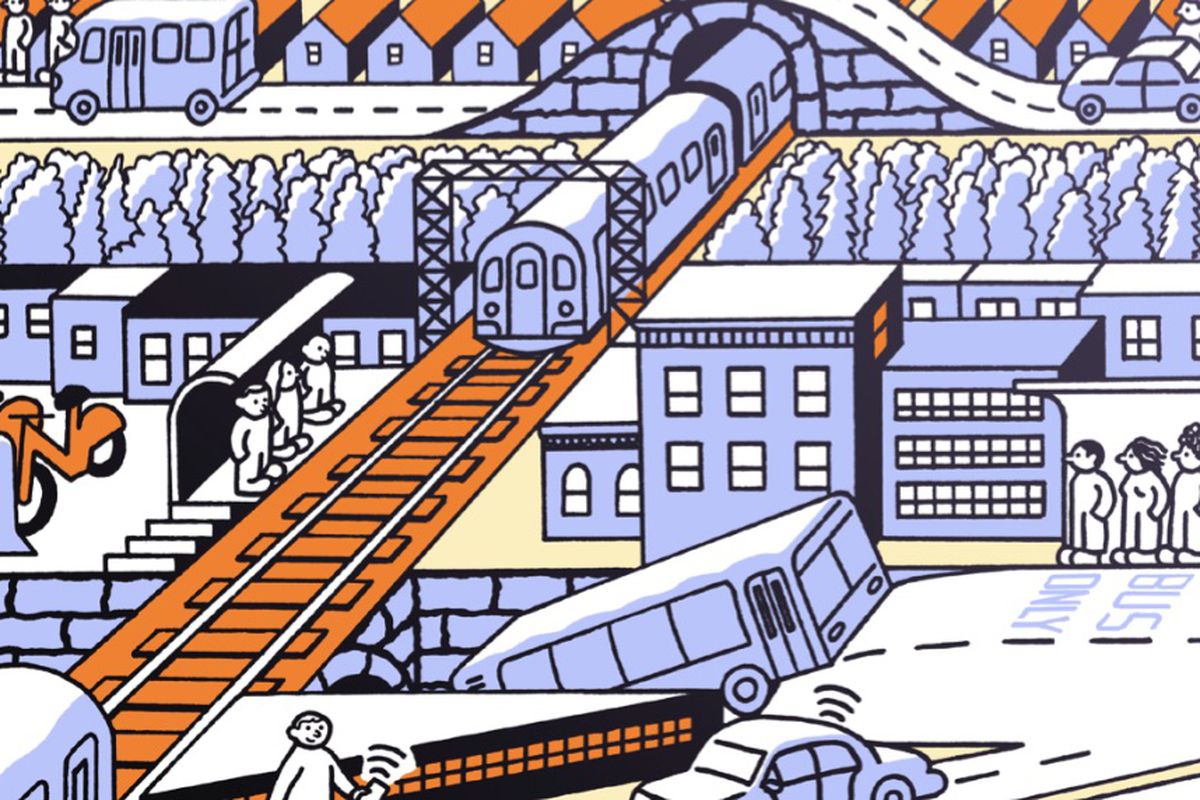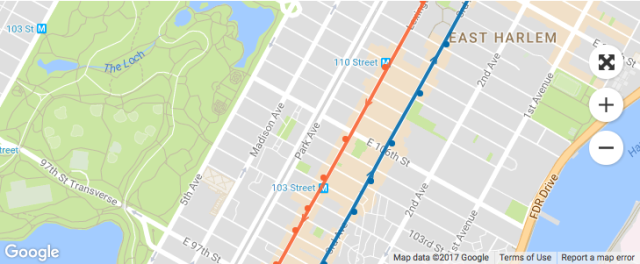0 comments

Lately, it seems as though Uber and Lyft are constantly changing. In the rideshare industry, companies need to adapt to the developing environment, and create innovations that make their company stand out against the rest. Each company wants to be the next “new thing”.
In San Francisco, Lyft started testing a shuttle service that has preset stops during commuting hours. This new service will act similar to a bus service that people can frequently take to commute to work during the week.
Additionally, both Uber and Lyft started doing “smarter pickups”. These pickups encourage riders to walk to a nearby corner instead of being picked up at their exact location. This feature is debuted for UberPool and LyftLine, the company’s carpool services.
The reason for both of these services is that they save time for both passengers and drivers, making rideshares similar to buses, providing “stops” where passengers can be picked up. Uber said at the time that those changes were designed to reduce the number of turns per mile by 20%.
As shown in this image, the route for a carpool service is almost identical to the course of the public transport train. These similarities give consumers all the more reason to take carpools instead of the subway, especially when prices are similar, and the rideshare is likely more comfortable and convenient.

Already, many of the routes taken by UberPool and LyftLine customers are strikingly similar to those of buses and subways. If these services continue to improve and innovate, the public transport options may become less and less popular. Rideshares provide an increased convenience, and for some, may even provide a cheaper alternative to public transportation.
Uber and Lyft have been trying to disrupt public transportation for a while now. First, Uber started providing subsidized rides to commuters from their homes to local train stations instead of having them pay for parking. These transit agreements were introduced in select cities such as including San Francisco, Atlanta, Philadelphia, Dallas, and Cincinnati. Some towns in the U.S. have already hired Uber to serve as their public transit system.
Lyft made a similar deal through the Go Centennial Project in Colorado and collaboration with Dallas Area Rapid Transit in Texas. Through the Go Centennial Project, the city offered free Lyft Line rides to the train station for people who lived in the area.
These initiatives are more complicated than just “reinventing the bus.” The companies are trying to change the values of our on-demand economy through making the focus about the group instead of the individual.
Companies in the rideshare industry will continue to introduce features and services that are in line with the convenience and efficiency for the larger group, with hopes to convince governments that ride-hailing is the best solution to solve the problems of public transportation.

Felicia is a Multimedia Guru at RideGuru. She recently graduated from Bentley University with a B.S. in Marketing and minor in Computer Information Systems. She is an avid rideshare user who enjoys both domestic and international travel.
No comments yet. Be the first!